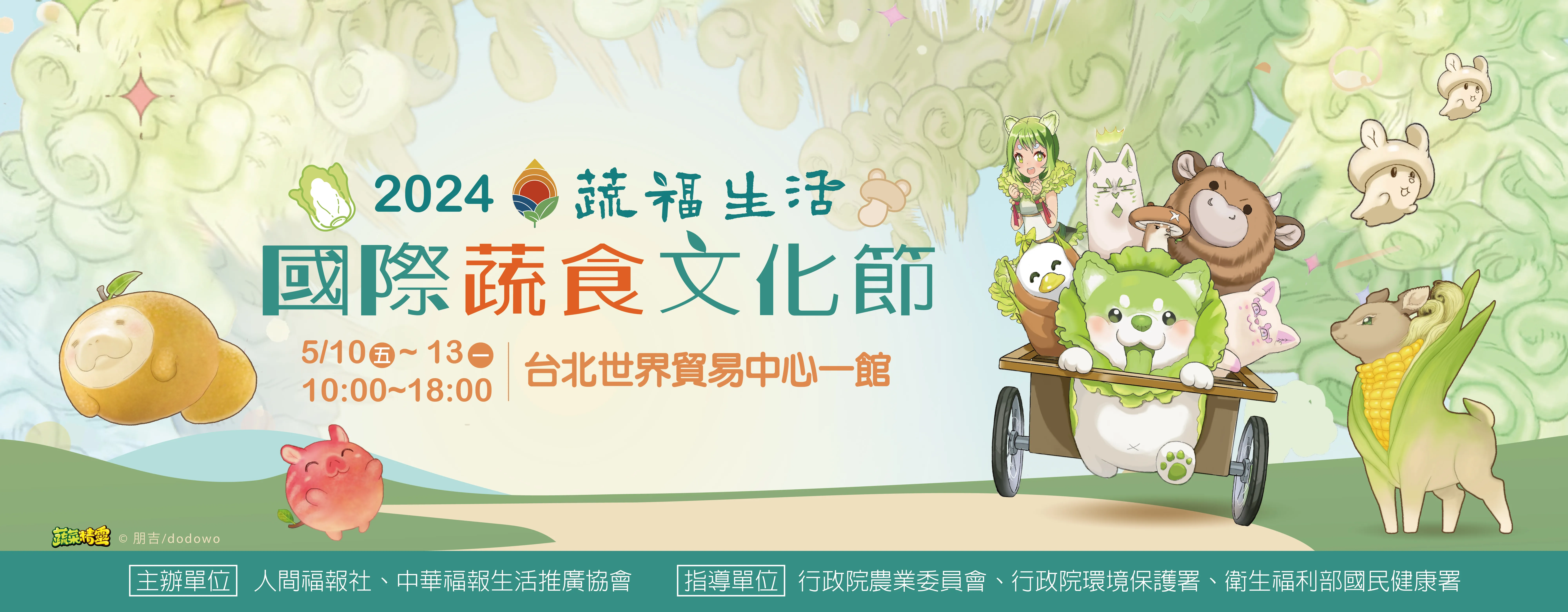


| 時代: | 清朝初期 (西元1643-1796) |
| 出土地點: | 傳世品 |
| 尺寸: | 高度:約45 cm 長度:約30 cm 寬度:約15 cm 重量:9,340 g |
| 質地: | 紅銅鎏金 |
| 數量: | 1 |
大威德金剛身材特大且周身火焰,是極忿怒之形,所以能摧伏一切惡魔毒龍,斷除所有障礙,使一切惡魔望而生畏。此件法像一面雙臂,火髮豎立,作忿怒相,髮冠為分岔的人骨頭飾,法像頭部稍大,承襲明朝法像特徵,身穿虎皮圍裙和十惡之人全皮圍裙,右手持金剛杵,左手拿海螺,雙足曲起踏在小鬼身上,蓮花座為雙蓮瓣且尾外翹,是清朝初期之蓮花座形式,背板為清朝初期火焰紋,背板上有小鬼和牲畜。法像為四件組。
The statue depicts Mahākāla in a large and imposing form, surrounded by flames, representing his intense wrathful aspect. This form of Mahākāla has the power to subdue all demons and venomous dragons, dispel obstacles, and strike fear into evil spirits. The statue portrays the deity with two arms, fiery hair standing upright, and an expression of wrath. The hair is adorned with a forked headdress made of human bones, and the head of the deity is relatively larger, following characteristics seen in Ming dynasty statues. Mahākāla is adorned with a tiger-skin skirt and a skirt made from the skin of the ten evil people. In his right hand, he holds a vajra club, and in his left hand, he holds a conch shell. His feet are placed upon small demons. The lotus pedestal is of the double-petal type with upturned tips, representing an early Qing dynasty lotus pedestal form. The backplate features flames and is adorned with small demons and animals. This particular gilded bronze statue is part of a set of four.
胎體是當時進口、較稀少的紅銅原料,有銅胎之氧化效應,與明朝銅鎏金相比,胎體微輕,也和現代較死沉的銅胎不同,鎏金色澤為暖黃色,是清朝初期標準的鎏金方式。鑄造方式是標準中型脫蠟法,局部有沙孔,紋飾細膩,與現代用鑄造範沙法製作,光身或紋飾較少的製作方式截然不同,法像足踏之小鬼身上有因保養接觸酸性物質產生的銅綠,部分有因年代久遠鎏金脫落之痕跡。法像底部可開啟,中央有手刻十字金剛杵。
The bronze used for the statue's body was an imported and relatively scarce material at the time, and it has undergone oxidation due to its copper core. Compared to gilded bronze from the Ming dynasty, the body is slightly lighter, differing from the relatively heavier modern bronze statues. The gilding has a warm yellow hue, adhering to the standard gilding method of the early Qing dynasty. The statue was crafted using the standard medium-sized lost wax casting technique, with small sand pores present. The intricate detailing sets it apart from modern casting methods that involve simpler surfaces or fewer details. The areas where Mahākāla's feet touch the small demons show traces of green patina likely caused by contact with acidic substances during preservation, and some areas show signs of gilding loss due to aging. The base of the statue can be opened, and the central portion contains a hand-carved crossed vajra.
